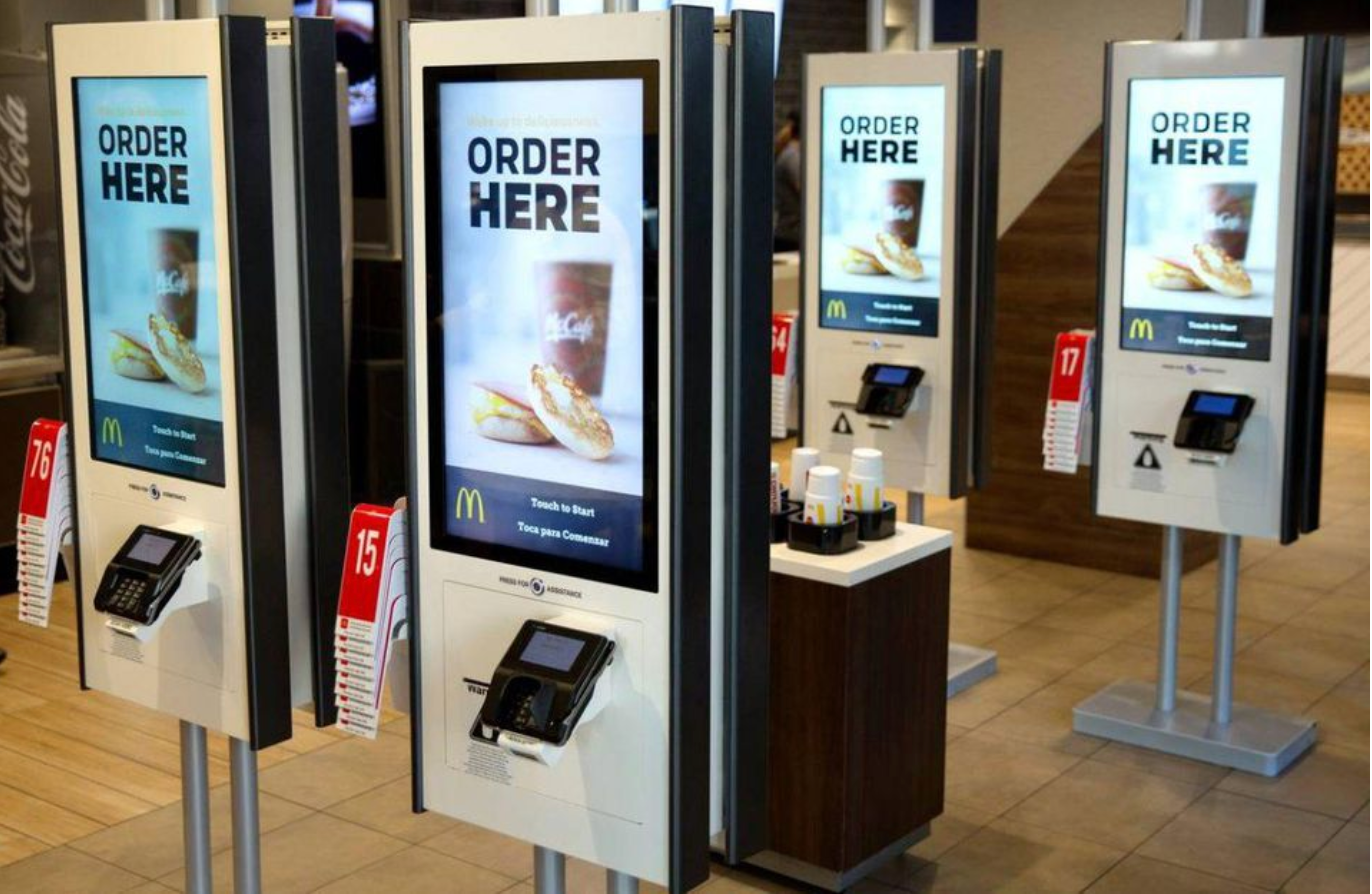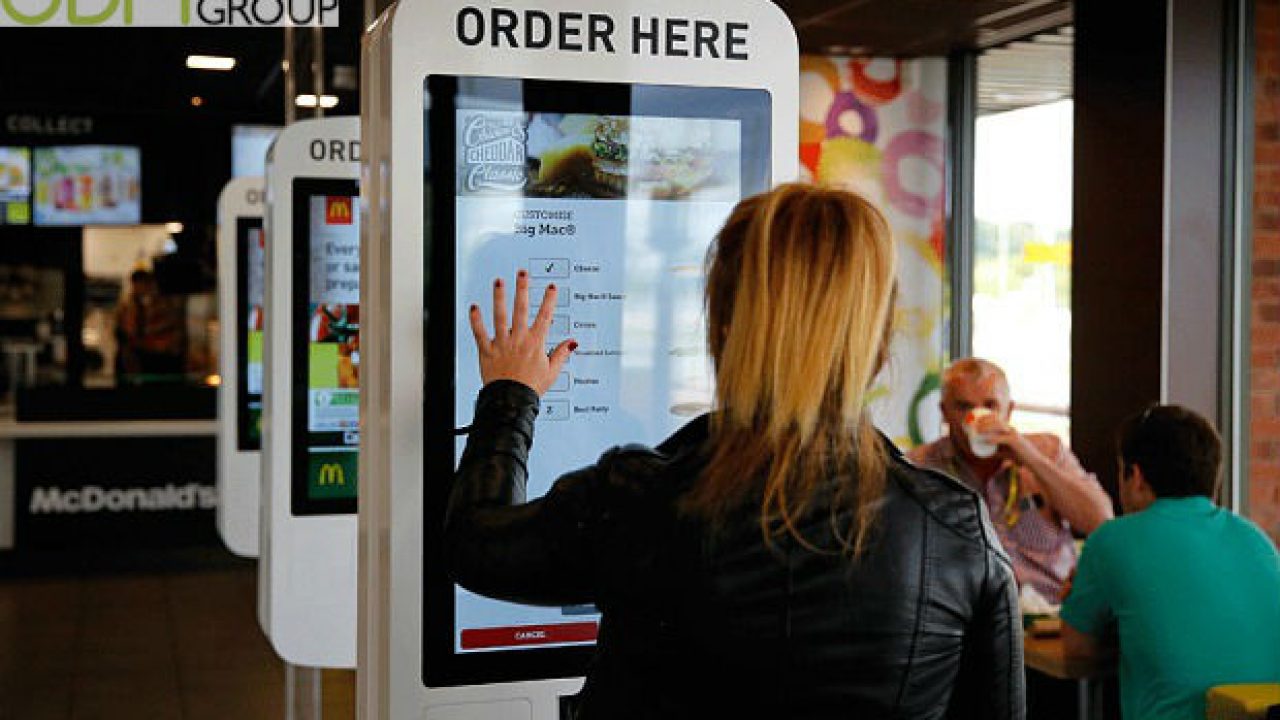The ability to cater to a diverse clientele is paramount for businesses, especially in the hospitality and retail sectors. Self-service kiosks have emerged as a powerful tool in breaking down language barriers, significantly enhancing the customer experience for non-native speakers and international visitors.
Language barriers constitute a significant challenge in the hospitality sector, particularly in cities that attract a large influx of international tourists. The essence of hospitality lies in providing a welcoming and seamless experience to all guests, regardless of their country of origin.
However, when staff and visitors do not speak the same language, this can lead to misunderstandings, frustrations, and a diminished overall customer experience.
Touristic cities, with their diverse visitor demographics, often find it challenging to cater to the specific needs of each guest due to these communication gaps.
This not only impacts the immediate service delivery but can also affect a destination’s reputation on a global scale, influencing future visitor decisions.
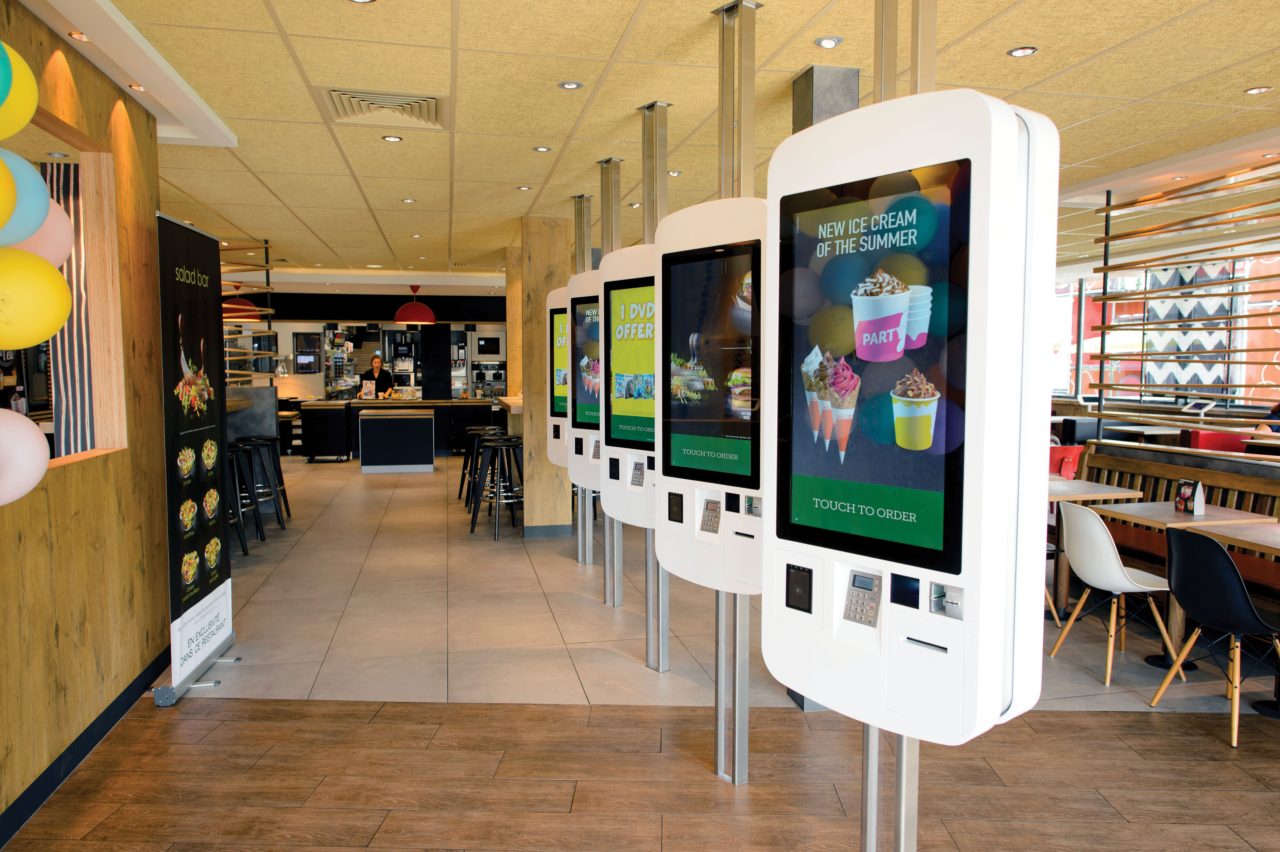
Moreover, the complexities of language barriers extend beyond simple transactional interactions. They can hinder the full enjoyment of services offered, such as understanding menu items in a restaurant, following safety instructions in an adventure park, or appreciating the historical significance of a guided tour.
In such environments, the inability to communicate effectively can significantly detract from the richness of the travel experience, leaving guests feeling isolated or underserved.
Consequently, the hospitality industry in touristic cities must continuously seek innovative solutions, such as multilingual staff, translation services, or technological aids like self-service kiosks, to bridge these communication divides, ensuring that every visitor, irrespective of language proficiency, feels valued and engaged.
Bridging the communication gap
Self-service kiosks offer an intuitive interface that can easily be localized into multiple languages, enabling customers to select their preferred language for a more comfortable ordering experience.
This functionality is particularly beneficial in areas with high tourist traffic or in cosmopolitan cities with a melting pot of cultures.
By providing a multilingual service, businesses can attract a wider audience, ensuring that language differences do not hinder customer satisfaction.
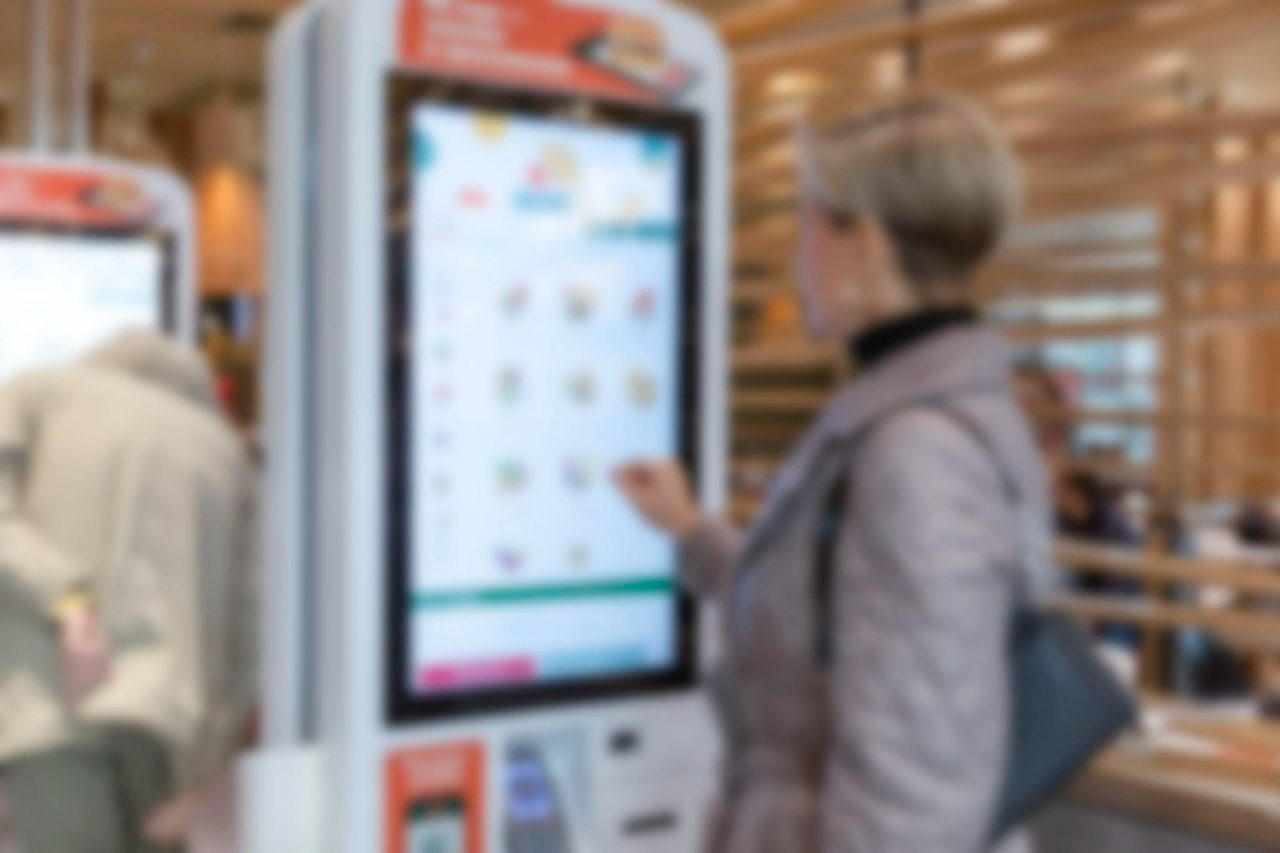
Visuals and images play a pivotal role in bridging the communication gap, especially in the context of the hospitality industry and other sectors where language barriers can pose significant challenges
The use of images, icons, and symbols in signage, menus, instructions, and promotional materials can greatly enhance comprehension and accessibility for a diverse clientele. For instance, pictures of dishes on a menu can help non-native speakers make informed choices without needing to understand the written language.
Similarly, safety instructions accompanied by illustrative images ensure that important information is communicated clearly to all guests, regardless of their linguistic background.
Moreover, visuals can also enrich the customer experience by providing context and adding aesthetic value. In the hospitality industry, this can translate to more engaging and satisfying interactions with services and attractions.
For businesses, incorporating visuals not only aids in overcoming language barriers but also in building a more inclusive and welcoming environment for guests from around the world.
Personalized service for every customer
The adaptability of kiosks goes beyond just language selection. These systems can also offer personalized recommendations based on previous orders or preferences, further enhancing the customer experience.
For non-native speakers, this level of personalization can make the ordering process more welcoming and less intimidating, encouraging repeat business.
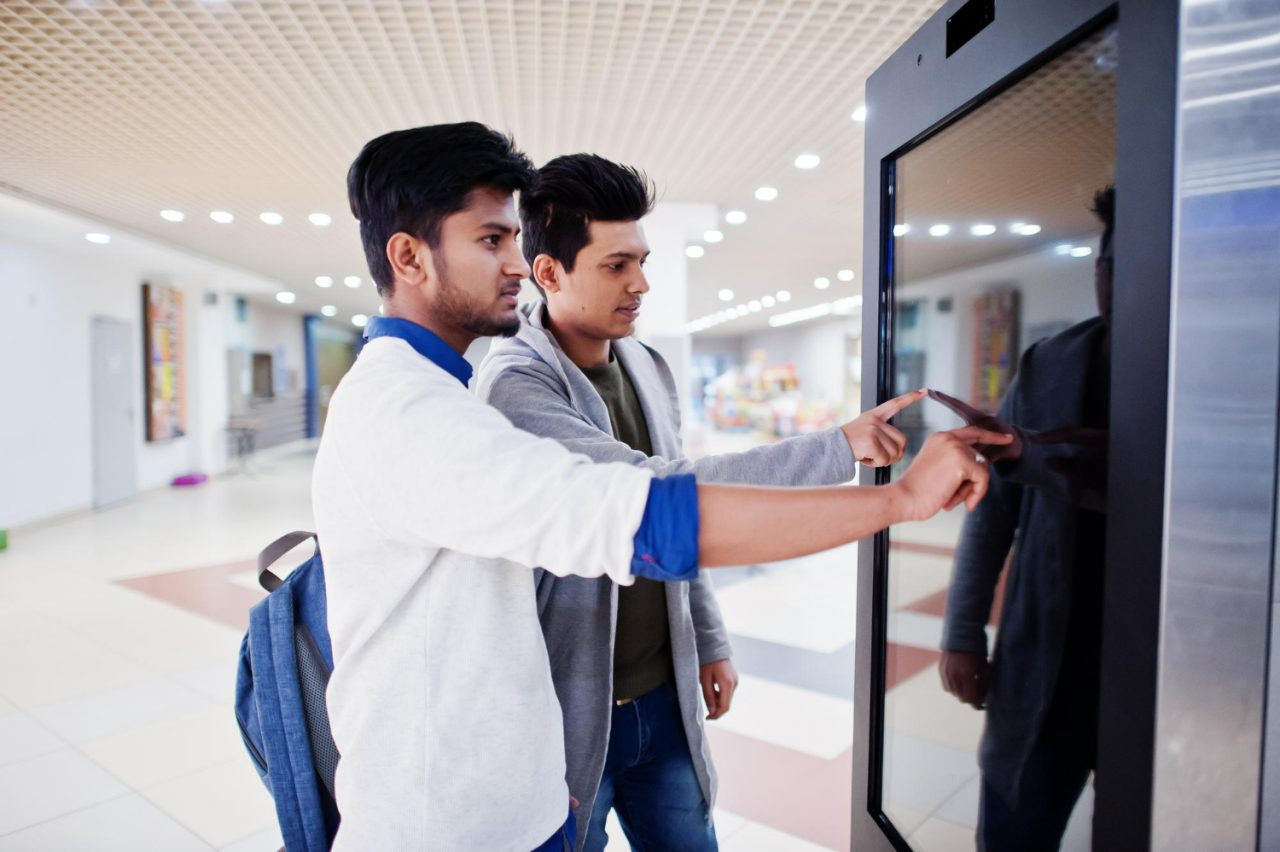
Streamlining operations and reducing errors
Language misunderstandings can often lead to order inaccuracies, impacting customer satisfaction and operational efficiency. Self-service kiosks mitigate this issue by ensuring that orders are placed exactly as intended by the customer. The clarity of digital orders reduces the likelihood of mistakes, streamlining operations, and saving time for both customers and staff.
Conclusion
Self-service kiosks represent a significant leap forward in making services more accessible and customer-friendly across language barriers. By embracing this technology, businesses can provide a more inclusive environment, enhancing the overall customer experience and fostering loyalty among a broader demographic. As we move forward, the role of self-service kiosks in overcoming language barriers will undoubtedly become even more crucial in our interconnected world.
